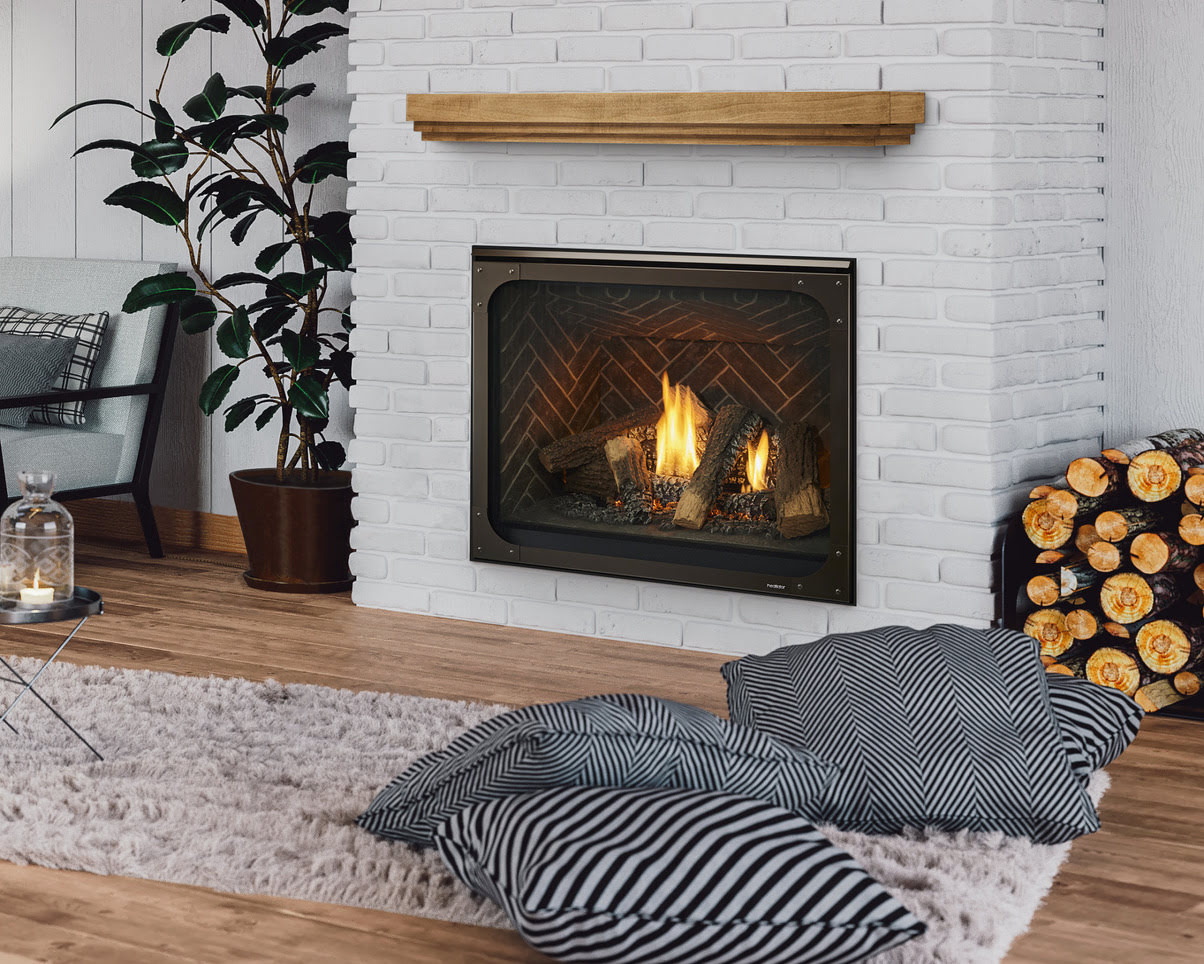

Articles
What Is A Heatilator Fireplace
Modified: January 18, 2024
Learn all about heatilator fireplaces from our informative articles. Discover the benefits, installation tips, and maintenance advice for a cozy and efficient home heating solution.
(Many of the links in this article redirect to a specific reviewed product. Your purchase of these products through affiliate links helps to generate commission for Storables.com, at no extra cost. Learn more)
Introduction
Fireplaces have long been a symbol of warmth, comfort, and relaxation in homes around the world. They not only provide heat during the colder months but also create a cozy ambiance that brings people together. One of the innovations in the world of fireplaces is the Heatilator fireplace.
So, what exactly is a Heatilator fireplace? In simple terms, it is a type of fireplace that is built with a special design to maximize heat output and efficiency. The unique construction of Heatilator fireplaces allows them to generate and distribute heat more effectively compared to traditional fireplaces.
In this article, we will dive deep into the world of Heatilator fireplaces, exploring their function, benefits, types, installation process, maintenance, safety considerations, energy efficiency, and cost. So, let’s get started and discover why Heatilator fireplaces have become a popular choice for homeowners.
Key Takeaways:
- Heatilator fireplaces efficiently distribute heat through a patented system, offering both aesthetic appeal and functional efficiency. They provide a cozy ambiance while reducing energy consumption and lowering heating costs.
- With various fuel options and versatile designs, Heatilator fireplaces cater to different preferences and architectural styles. Their energy efficiency, safety considerations, and long-term value make them a valuable addition to any household.
Read more: What Is The Damper In A Fireplace
Definition of a Heatilator Fireplace
A Heatilator fireplace is a specific type of fireplace that is designed to efficiently distribute heat throughout a room or an entire home. It is a patented system that combines the features of a traditional fireplace with a built-in heat circulation system. The result is a highly efficient heating solution that can significantly reduce energy costs and provide a cozy and comfortable environment.
Unlike a conventional fireplace that primarily radiates heat, a Heatilator fireplace is equipped with a special fan system that helps circulate the heat generated by the fire. The heat is drawn into a heat exchanger, where it is then forced back into the room through strategically placed ventilation grates. This ensures that the warm air is evenly distributed, eliminating cold spots and maximizing heating efficiency.
One of the key features of a Heatilator fireplace is its ability to provide radiant heat and convective heat. Radiant heat is the heat that is emitted from the flames and can be felt by anyone sitting close to the fireplace. Convective heat, on the other hand, is the heat that is circulated throughout the room by the fan system. This combination of radiant and convective heat creates a comfortable and consistent temperature throughout the space.
Heatilator fireplaces are available in a range of sizes and designs to suit various architectural styles and personal preferences. From traditional and rustic designs to modern and contemporary options, there is a Heatilator fireplace to complement any home decor.
Overall, a Heatilator fireplace offers both aesthetic appeal and functional efficiency. It provides the comforting ambiance of a traditional fireplace while efficiently heating your home, making it a popular choice for homeowners looking for an effective and stylish heating solution.
How a Heatilator Fireplace Works
Understanding the inner workings of a Heatilator fireplace can help you appreciate the efficiency and functionality of this heating solution. Let’s take a closer look at how a Heatilator fireplace operates:
- Fuel Source: A Heatilator fireplace can be fueled by various options, including natural gas, propane, wood, or electric. The choice of fuel depends on personal preference and availability.
- Combustion Chamber: The combustion chamber is where the fuel is burned to produce heat and flames. It is constructed with fire-resistant materials that can withstand high temperatures.
- Heat Exchanger: A crucial component of a Heatilator fireplace is the heat exchanger. It is a system of metal tubes or panels that are designed to absorb the heat generated by the fire. The heat exchanger is positioned above the firebox to ensure maximum heat capture.
- Fan System: The heat captured by the heat exchanger is then circulated throughout the room or home by a fan system. This fan system, often located at the back or top of the fireplace, draws in the cool air from the room and passes it over the heated surfaces of the heat exchanger. The warm air is then pushed back into the room through vents or grates, effectively distributing the heat.
- Thermostat Control: Many Heatilator fireplaces come equipped with a thermostat control feature. This allows you to set your desired temperature and the fireplace will automatically adjust the heat output to maintain that temperature. It provides convenience and energy efficiency, ensuring that your space stays comfortable without wasting energy.
The combination of the combustion chamber, heat exchanger, and fan system is what makes a Heatilator fireplace highly efficient. By capturing and circulating the heat, it minimizes heat loss and maximizes the amount of warmth generated from the fuel source. This not only keeps your home cozy but also helps reduce energy consumption and lower heating costs.
It’s worth noting that the fan system in a Heatilator fireplace requires electricity to operate. However, some models offer the option of battery backup systems or can be connected to a generator, ensuring that you can still enjoy the heat during power outages.
Overall, the ingenious design and functionality of a Heatilator fireplace make it an excellent choice for homeowners seeking a reliable and efficient source of heat.
Benefits of Installing a Heatilator Fireplace
There are numerous advantages to installing a Heatilator fireplace in your home. Let’s explore some of the key benefits:
- Efficient Heating: One of the primary benefits of a Heatilator fireplace is its high efficiency in heating. The heat exchanger and fan system work together to capture and distribute the heat generated by the fire, ensuring that every corner of the room is warmed evenly. This efficient heat distribution can help reduce energy consumption and lower heating costs.
- Improved Comfort: With a Heatilator fireplace, you can enjoy the cozy and comforting warmth of a traditional fireplace without experiencing cold spots or drafts. The fan system ensures that the warm air is circulated throughout the room, creating a more comfortable environment for you and your family.
- Ambiance and Aesthetics: In addition to providing heat, a Heatilator fireplace adds a charming ambiance and visual appeal to any space. The dancing flames and crackling sounds create a cozy and inviting atmosphere, making it an excellent focal point for gatherings or a peaceful evening indoors.
- Easy Installation: Installing a Heatilator fireplace is relatively straightforward, especially when compared to traditional masonry fireplaces. They are designed to fit into standard fireplace openings, making the installation process more convenient and less time-consuming.
- Versatility: Heatilator fireplaces offer versatility in fuel options. They can be fueled by natural gas, propane, wood, or electricity, depending on your preference and availability. This flexibility allows you to choose the fuel type that best suits your needs and lifestyle.
- Value Addition: Adding a Heatilator fireplace to your home can increase its value and desirability. Fireplaces are often seen as an attractive feature by homebuyers, and the energy-efficient heating provided by a Heatilator fireplace can be a selling point to potential buyers.
- Convenient Operation: Many Heatilator fireplaces come equipped with features such as remote controls, programmable thermostats, and automatic shut-off timers. These features enhance the convenience of operating the fireplace, allowing you to adjust the temperature and control the fireplace with ease.
Overall, a Heatilator fireplace combines functionality, efficiency, and aesthetics to create an exceptional heating solution for your home. It not only provides warmth but also enhances the ambiance, making it a valuable addition to any household.
Types of Heatilator Fireplaces
Heatilator offers a wide range of fireplace options to suit different preferences and architectural styles. Here are some of the most common types of Heatilator fireplaces:
- Wood-Burning Fireplaces: Traditionalists who appreciate the crackling sound and distinctive aroma of a wood-burning fire will find the wood-burning Heatilator fireplace a perfect choice. These fireplaces provide the authentic experience of a real wood fire with the added benefit of efficient heating.
- Gas Fireplaces: Gas fireplaces offer convenience, as they do not require the hassle of cutting and storing wood. Heatilator gas fireplaces can be fueled by natural gas or propane. They provide instant heat at the flick of a switch and offer customizable flame settings, allowing you to create the desired ambiance.
- Electric Fireplaces: Electric fireplaces are a popular and versatile option. Heatilator electric fireplaces are designed to mimic the look and feel of a real fire, complete with realistic flame effects. They are easy to install and operate, requiring only an electrical outlet. Electric fireplaces can provide heat or operate solely for ambiance, making them suitable for year-round use.
- Outdoor Fireplaces: If you want to extend the warmth and ambiance to your outdoor living space, Heatilator offers outdoor fireplaces designed to withstand the elements. These fireplaces can be fueled by wood, gas, or electric options, allowing you to create an inviting outdoor gathering area.
- Multi-Sided Fireplaces: Multi-sided fireplaces, also known as see-through or double-sided fireplaces, create a stunning focal point while providing warmth to multiple rooms simultaneously. Heatilator offers multi-sided fireplaces that enhance the aesthetic appeal of your home while offering efficient heat distribution.
- Insert Fireplaces: If you already have an existing masonry fireplace, Heatilator insert fireplaces are an excellent option for upgrading and improving the heating efficiency of your fireplace. These fireplaces fit directly into the existing fireplace opening and utilize the Heatilator technology to enhance heat output.
Each type of Heatilator fireplace offers its own set of benefits, allowing you to choose the one that best suits your lifestyle, design preferences, and heating needs. With a wide range of options available, you can find a Heatilator fireplace that perfectly complements your home’s aesthetic while providing efficient and cozy warmth.
Read more: What Is A Fireplace Mantel
Installation Process for a Heatilator Fireplace
Installing a Heatilator fireplace requires careful planning and attention to detail. While it is always recommended to hire a professional for the installation, here is a general overview of the installation process:
- Choose the Location: Begin by selecting the ideal location for your Heatilator fireplace. Consider factors such as proximity to a fuel source, ventilation requirements, and clearance from combustible materials. If you are unsure, consult a professional to ensure compliance with local building codes and safety regulations.
- Prepare the Fireplace Opening: If you are installing a new fireplace, start by preparing the fireplace opening. This requires framing the area according to the manufacturer’s specifications, ensuring proper clearances and support for the fireplace unit.
- Install the Fireplace Unit: Once the opening is ready, carefully place the Heatilator fireplace unit into the prepared space. Ensure that it is level and properly positioned within the opening.
- Connect the Venting: Next, connect the venting system based on the type of fireplace chosen. This may include installing a chimney for wood-burning fireplaces or connecting to a gas line for gas fireplaces. Follow the manufacturer’s instructions and guidelines for proper venting installation.
- Connect the Electrical System: If your Heatilator fireplace has electrical components, such as a fan or lighting, connect the electrical system as per the manufacturer’s instructions. Ensure that all electrical connections are secure and comply with electrical codes.
- Finish the Surround and Hearth: Complete the installation by finishing the fireplace surround and hearth. This can include installing tiles, stone veneer, or other decorative materials around the fireplace unit. Follow the manufacturer’s guidelines for properly finishing the surround to ensure safety and aesthetics.
- Test the Fireplace: Before finalizing the installation, thoroughly test the fireplace to ensure that it operates correctly. Check the ignition system, fan operation, and heat distribution. Make any necessary adjustments or troubleshoot any issues with the help of a professional if needed.
- Maintain Proper Clearances: It is essential to maintain proper clearances around the fireplace to prevent fire hazards. Follow the manufacturer’s guidelines for the minimum clearance requirements from combustible materials, such as furniture, curtains, or walls.
- Final Inspection: Once the installation is complete, consider having a professional inspector or building authority perform a final inspection to ensure compliance with local building codes and safety regulations.
Remember, the installation process may vary depending on the specific Heatilator fireplace model and local regulations. It is always recommended to consult with a professional to ensure a safe and proper installation.
By following the appropriate steps and seeking professional guidance, you can enjoy the warmth and beauty of your Heatilator fireplace for years to come.
A Heatilator fireplace is a type of fireplace that uses a built-in ventilation system to circulate warm air throughout the room, increasing the efficiency of the heating process. It is a great option for those looking for a more efficient and effective heating solution for their home.
Maintenance and Care for Heatilator Fireplaces
Proper maintenance and care are essential to keep your Heatilator fireplace operating efficiently and safely. Here are some important maintenance tips to ensure the longevity and optimal performance of your fireplace:
- Regular Cleaning: Clean your Heatilator fireplace regularly to remove ashes, soot, and debris. Once the fire has completely extinguished and the ashes have cooled, carefully scoop out the ashes and dispose of them in a designated ash container. Use a soft brush or vacuum attachment to clean the interior and exterior surfaces of the fireplace unit.
- Inspect and Clean the Chimney (if applicable): If you have a wood-burning or gas fireplace with a chimney, it is crucial to have it inspected and cleaned annually to prevent the buildup of creosote and other debris. Hire a professional chimney sweep who will ensure that the chimney is clear and in good condition.
- Check Vents and Clearances: Regularly inspect the vents, grates, and clearances around your Heatilator fireplace to ensure there are no obstructions or blockages. Clear away any debris or objects that may have accumulated near the fireplace, as this can affect airflow and ventilation.
- Inspect the Glass Doors and Gaskets: If your Heatilator fireplace has glass doors, check the condition of the glass and gaskets regularly. Clean the glass with a suitable fireplace glass cleaner to remove any residue or soot. If the gaskets are worn or damaged, replace them to maintain a tight seal.
- Inspect and Replace Fireplace Logs (if applicable): If you have a gas fireplace with artificial logs, inspect them periodically for wear and tear. Replace any damaged or deteriorated logs to ensure a realistic and safe flame appearance.
- Check and Replace Batteries (if applicable): If your Heatilator fireplace has battery-powered components such as a remote control or thermostat, check and replace the batteries as needed. This ensures that these components operate effectively.
- Professional Inspection and Servicing: At least once a year, consider contacting a professional to inspect and service your Heatilator fireplace. They will perform a thorough examination, clean the internal components, and check for any issues that may affect the efficiency or safety of the fireplace.
- Follow Manufacturer’s Guidelines: Always refer to the manufacturer’s guidelines and instructions for specific maintenance requirements and recommendations tailored to your Heatilator fireplace model.
By following these maintenance tips and ensuring regular care for your Heatilator fireplace, you can enjoy its warmth and beauty for years to come. Additionally, proper maintenance helps ensure the safe and efficient operation of your fireplace, providing peace of mind for you and your family.
Safety Considerations for Using a Heatilator Fireplace
While a Heatilator fireplace can provide warmth and enhance the ambiance of your home, it is essential to prioritize safety when operating and maintaining the fireplace. Here are some important safety considerations to keep in mind:
- Proper Ventilation: Ensure that your Heatilator fireplace has adequate ventilation. Proper ventilation helps to prevent the buildup of harmful gases, such as carbon monoxide, and ensures the safe operation of the fireplace. Follow the manufacturer’s guidelines regarding ventilation requirements and never block or obstruct vents or flues.
- Clearances from Combustible Materials: Maintain proper clearances from combustible materials, such as furniture, curtains, and walls. Follow the manufacturer’s recommendations regarding minimum clearance distances to reduce the risk of fire hazards.
- Use Fireplace Screens or Doors: If your Heatilator fireplace has glass doors, make sure to keep them closed during operation to prevent sparks, embers, or logs from projecting out of the fireplace. If you have an open fireplace, use a mesh fireplace screen to contain sparks and embers.
- Use Proper Fuel and Fireplace Accessories: Use the proper fuel type recommended by the manufacturer for your Heatilator fireplace. Avoid burning materials that can cause excessive smoke or emit harmful substances. Use only approved fireplace accessories, such as grates, logs, and tools, to ensure safe and efficient operation.
- Never Leave a Fire Unattended: Never leave a burning fire in your Heatilator fireplace unattended. Ensure that the fire is completely extinguished before leaving the room or going to bed.
- Keep Children and Pets Away: Keep a safe distance between children, pets, and the fireplace at all times. Educate them about the dangers of touching hot surfaces and the risk of fire.
- Install Smoke and Carbon Monoxide Detectors: Install smoke detectors and carbon monoxide detectors in close proximity to your Heatilator fireplace. Test them regularly and replace batteries as needed to ensure they are functioning correctly.
- Regularly Inspect and Clean: Regularly inspect and clean your Heatilator fireplace as per the manufacturer’s guidelines. This includes cleaning out ashes, ensuring proper venting, and checking for any signs of damage or wear.
- Professional Inspection and Maintenance: Schedule regular professional inspections and maintenance for your Heatilator fireplace. A qualified technician can identify potential issues, clean internal components, and make any necessary repairs to keep your fireplace operating safely.
- Follow Operating Instructions: Read and follow the operating instructions provided by the manufacturer. Familiarize yourself with the specific features and safety considerations of your Heatilator fireplace model.
By following these safety considerations and practicing responsible fireplace usage, you can enjoy the warmth and beauty of your Heatilator fireplace while prioritizing the safety of your home and loved ones.
Energy Efficiency of Heatilator Fireplaces
Heatilator fireplaces are known for their energy efficiency, offering a more sustainable and cost-effective heating solution for your home. Here are some ways in which Heatilator fireplaces contribute to energy efficiency:
- Heat Distribution: The unique design of Heatilator fireplaces ensures efficient heat distribution throughout the space. The heat exchanger and fan system work together to capture and circulate the heat generated by the fire, eliminating cold spots and maximizing heating efficiency. This allows you to effectively heat your home without wasting energy.
- Zoning Control: Many Heatilator fireplaces come with zoning control options, such as thermostats or remote controls. This allows you to heat specific areas of your home, reducing the need to heat the entire house. By directing heat where it is needed most, you can further improve energy efficiency and reduce heating costs.
- Less Heat Loss: Traditional fireplaces can lose a significant amount of heat up the chimney or through the walls. Heatilator fireplaces are designed to minimize heat loss by capturing heat from the fire and circulating it back into the room. This reduces wasted heat and helps keep your home warm and cozy while using less energy.
- Controlled Combustion: Heatilator fireplaces offer controlled combustion, allowing you to adjust the intensity of the fire. This means you can optimize the heat output based on your heating needs, preventing excessive fuel consumption and improving energy efficiency.
- Efficient Fuel Options: Heatilator fireplaces are available in various fuel options, including natural gas, propane, wood, and electric. Each fuel type has its own energy efficiency benefits. For example, gas fireplaces provide instant heat with high fuel efficiency, while wood-burning fireplaces utilize renewable fuel sources. Choose the fuel option that aligns with your energy goals and availability.
- Programmable Features: Some Heatilator fireplaces offer programmable features, such as timers and thermostats. These allow you to set specific heating schedules or temperatures, ensuring that your fireplace operates only when needed. By effectively managing when the fireplace is in use, you can save energy and reduce heating costs.
- Sealed Combustion Systems: Certain Heatilator fireplace models feature sealed combustion systems, which draw in outside air for combustion. This prevents the fireplace from using heated indoor air for the fire, maximizing energy efficiency and reducing the impact on your home’s overall temperature.
Investing in an energy-efficient Heatilator fireplace not only helps reduce your carbon footprint but also saves you money on heating costs in the long run. By utilizing advanced technologies and thoughtful design, Heatilator fireplaces provide effective heat distribution while minimizing energy waste.
It’s important to note that the energy efficiency of a Heatilator fireplace also depends on proper installation, regular maintenance, and responsible operation. Following the manufacturer’s guidelines and consulting with a professional can ensure that your Heatilator fireplace operates at its highest level of energy efficiency.
Read more: What Is The Hearth On A Fireplace
Cost of Heatilator Fireplaces
The cost of a Heatilator fireplace can vary depending on several factors, including the type of fireplace, size, fuel option, and additional features. Here are some key considerations when it comes to the cost of Heatilator fireplaces:
- Type of Fireplace: Heatilator offers various types of fireplaces, including wood-burning, gas, electric, outdoor, multi-sided, and inserts. The cost can differ based on the type and complexity of the fireplace design.
- Size and Design: The size and design of the Heatilator fireplace play a significant role in determining the cost. Larger fireplaces or those with intricate designs may be more expensive due to increased materials and labor required for installation.
- Fuel Option: The fuel option you choose for your Heatilator fireplace can impact the cost. Wood-burning fireplaces typically have lower upfront costs as they rely on a renewable fuel source. Gas fireplaces may require gas line installation, adding potential extra costs, but they are more convenient to operate. Electric fireplaces generally have a lower upfront cost and do not require a fuel source.
- Additional Features: Certain features may increase the cost of a Heatilator fireplace. These can include remote controls, programmable thermostats, decorative accessories, or specialized venting systems. Evaluate which additional features are important to you and consider their impact on the overall cost.
- Installation Costs: The cost of installing a Heatilator fireplace can vary depending on factors such as the complexity of the installation, location, and labor rates in your region. It is recommended to hire a professional for installation to ensure proper placement and safe operation.
- Maintenance and Operating Costs: Consider the ongoing maintenance and operating costs associated with a Heatilator fireplace. Wood-burning fireplaces require regular cleaning, chimney maintenance, and purchasing firewood. Gas fireplaces may require annual servicing and the cost of gas fuel. Electric fireplaces typically have lower maintenance costs.
While specific costs will vary, it is important to view a Heatilator fireplace as a long-term investment that can add value to your home. Although the initial cost may be higher compared to traditional fireplaces, the energy efficiency, convenience, and aesthetic appeal of a Heatilator fireplace can provide significant benefits over time.
To get an accurate estimate of the cost of a Heatilator fireplace, it is recommended to consult with a professional fireplace retailer or installer. They can assess your specific needs and provide you with a detailed breakdown of the costs involved, helping you make an informed decision.
Remember to consider the potential energy savings and increased home value when evaluating the overall cost of a Heatilator fireplace. The comfort and enjoyment it brings to your living space can outweigh the initial investment.
Conclusion
Heatilator fireplaces offer a combination of functionality, efficiency, and aesthetic appeal, making them a popular choice for homeowners looking for an effective and stylish heating solution. With their ability to distribute heat effectively, Heatilator fireplaces provide warmth and comfort throughout the room or even the entire home, while reducing energy consumption and lowering heating costs.
Whether you choose a wood-burning, gas, or electric Heatilator fireplace, each type offers its own unique benefits. Wood-burning fireplaces add a traditional touch with the crackling sounds and distinctive aroma of burning wood. Gas fireplaces provide instant heat at the push of a button and offer customizable flame settings. Electric fireplaces provide a convenient and versatile option with realistic flame effects.
The installation process for Heatilator fireplaces is relatively straightforward, but it is recommended to hire a professional to ensure proper placement and compliance with local building codes. Regular maintenance, such as cleaning out ashes, inspecting and cleaning the chimney (if applicable), and checking vents and clearances, is crucial to keep your Heatilator fireplace operating efficiently and safely.
When using a Heatilator fireplace, it is important to prioritize safety by ensuring proper ventilation, maintaining clearances from combustible materials, using fireplace screens or doors, and never leaving a fire unattended. Installing smoke and carbon monoxide detectors and following operating instructions further enhance safety.
Besides providing warmth and ambiance, Heatilator fireplaces contribute to energy efficiency and cost savings. The efficient heat distribution, controlled combustion, and programmable features help minimize energy waste, while the use of appropriate fuel options and responsible operation further enhance energy efficiency. The initial cost of a Heatilator fireplace may vary based on factors such as type, size, fuel option, additional features, and installation requirements. However, it is essential to view it as a long-term investment that adds value to your home.
In conclusion, Heatilator fireplaces are an excellent choice for homeowners seeking an efficient, stylish, and reliable heating solution. With their ability to provide comfort, create a cozy ambiance, and reduce energy costs, Heatilator fireplaces enhance the overall enjoyment and value of your home.
Frequently Asked Questions about What Is A Heatilator Fireplace
Was this page helpful?
At Storables.com, we guarantee accurate and reliable information. Our content, validated by Expert Board Contributors, is crafted following stringent Editorial Policies. We're committed to providing you with well-researched, expert-backed insights for all your informational needs.

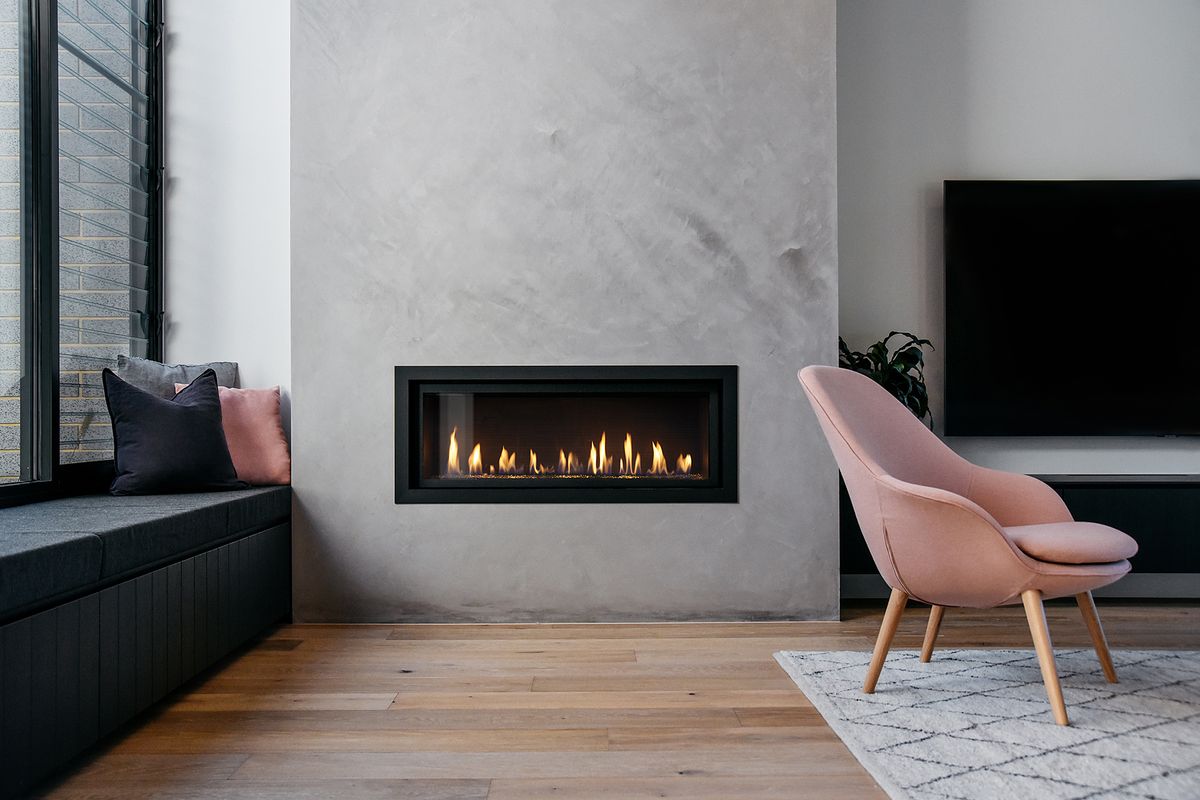

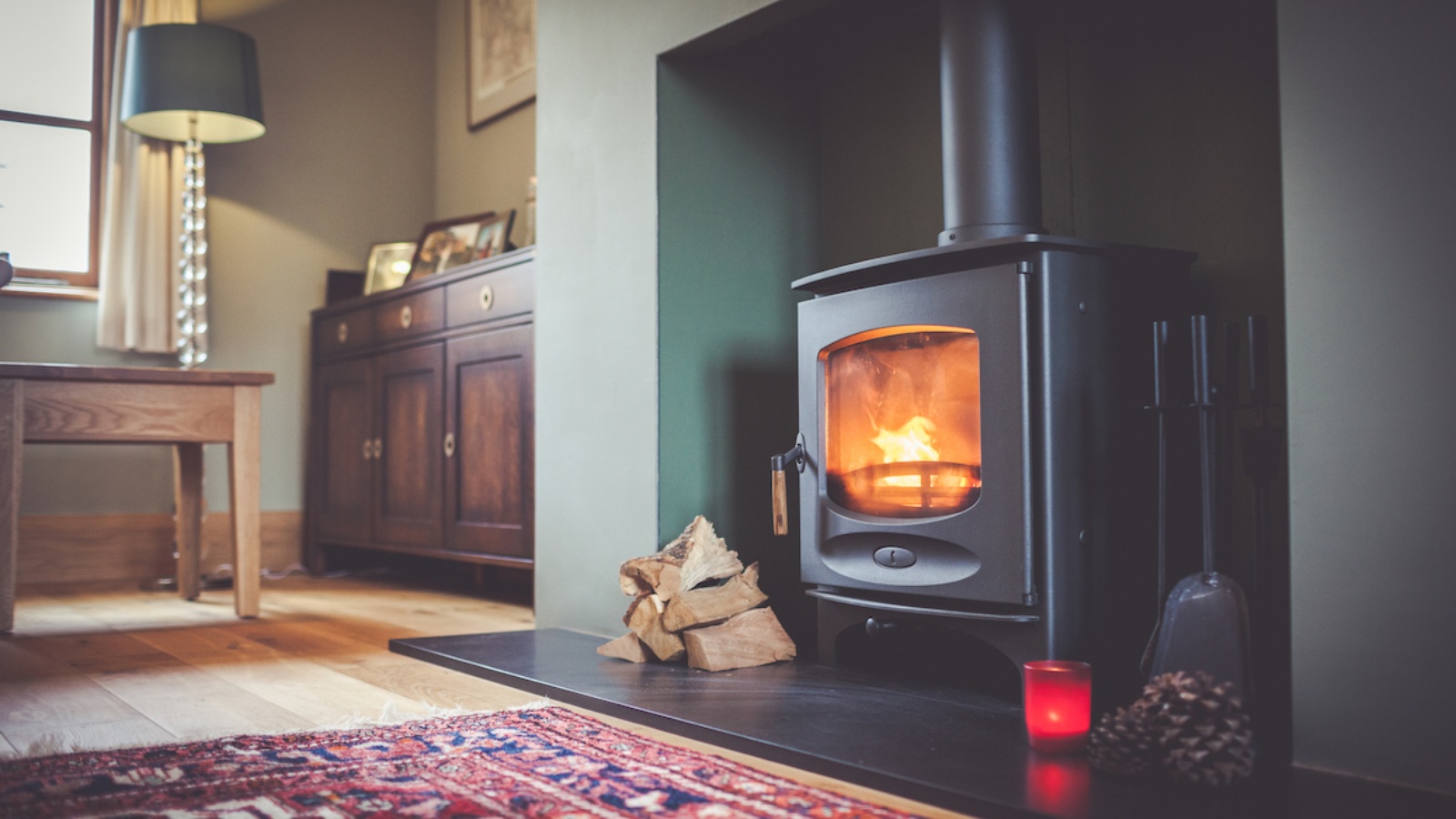

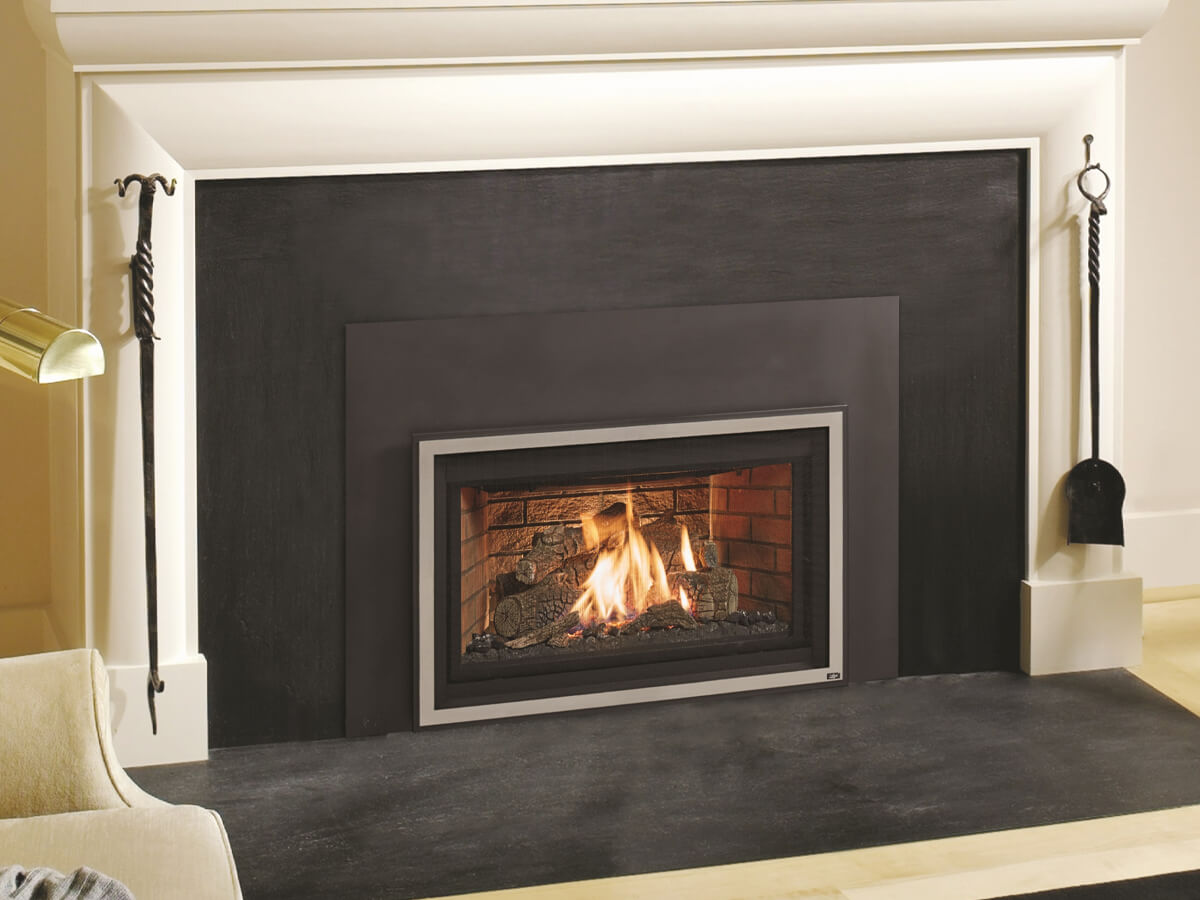
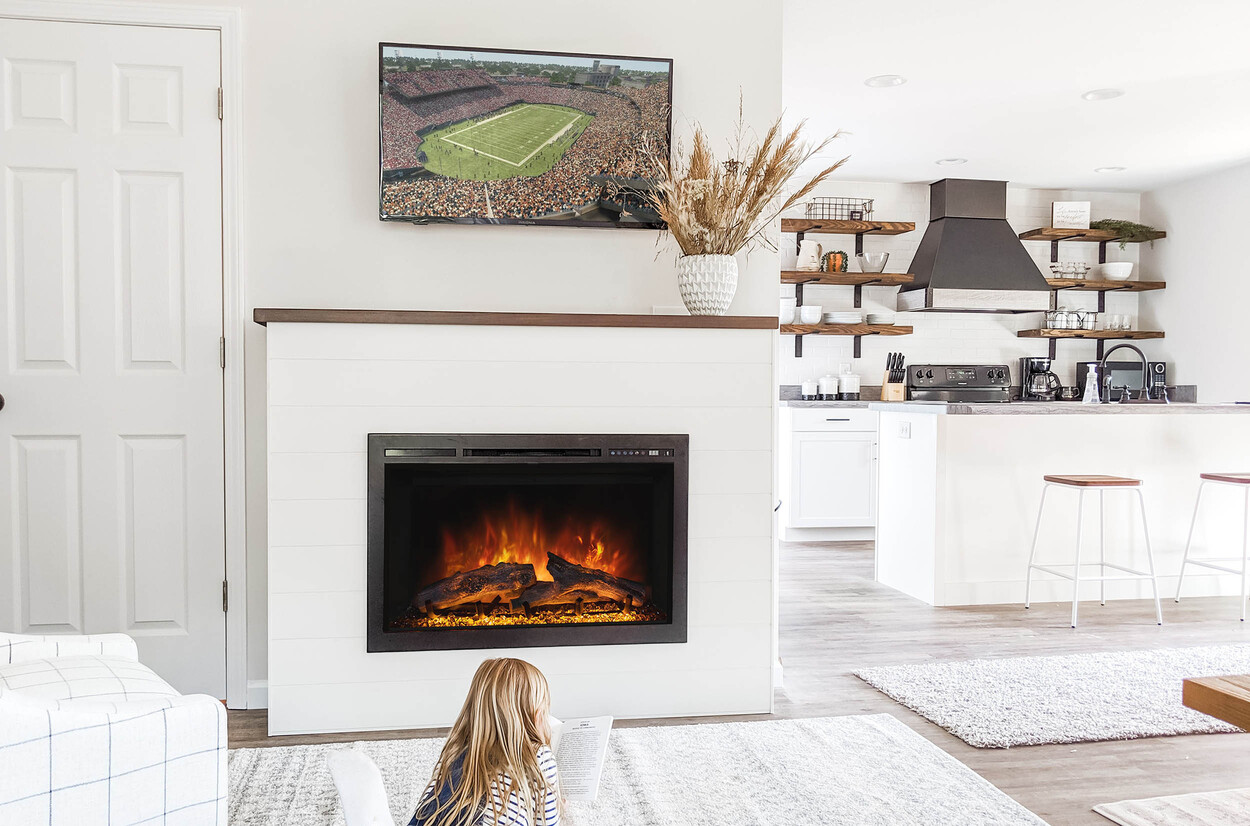
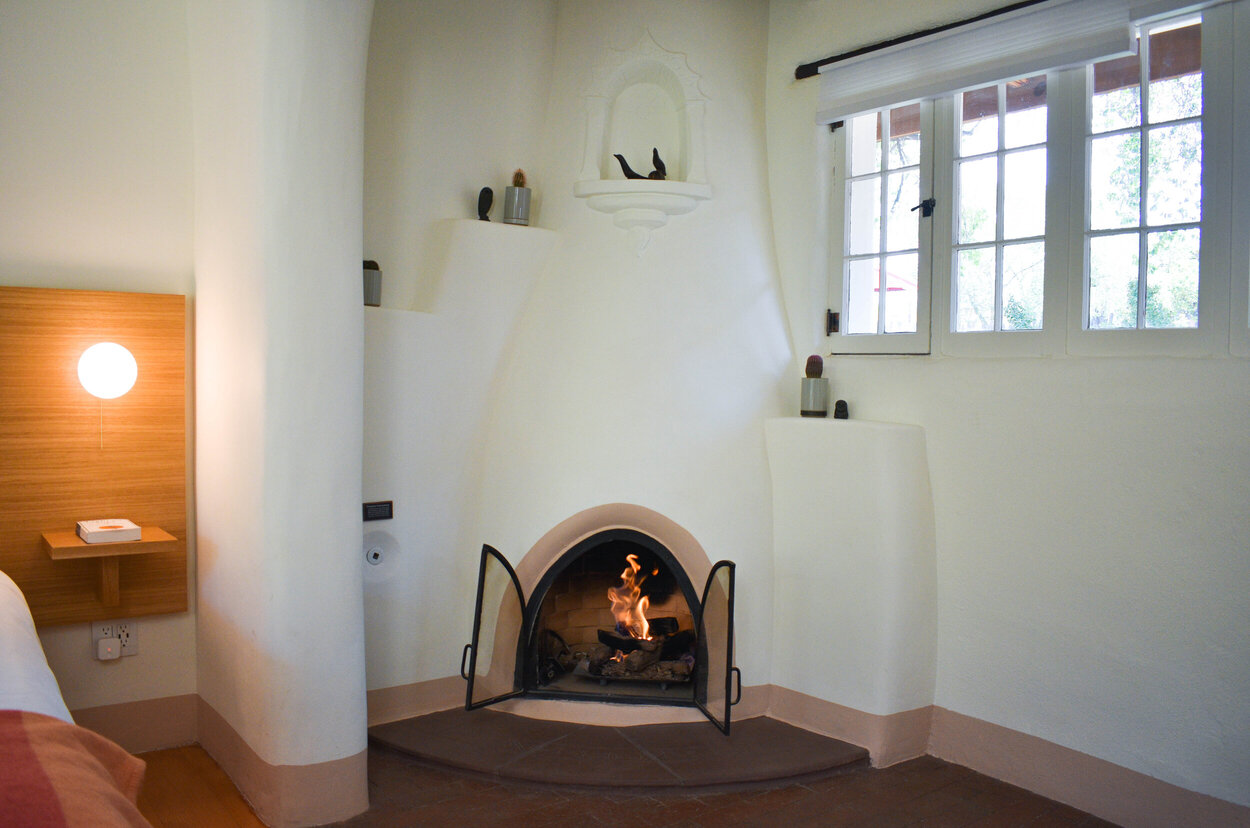

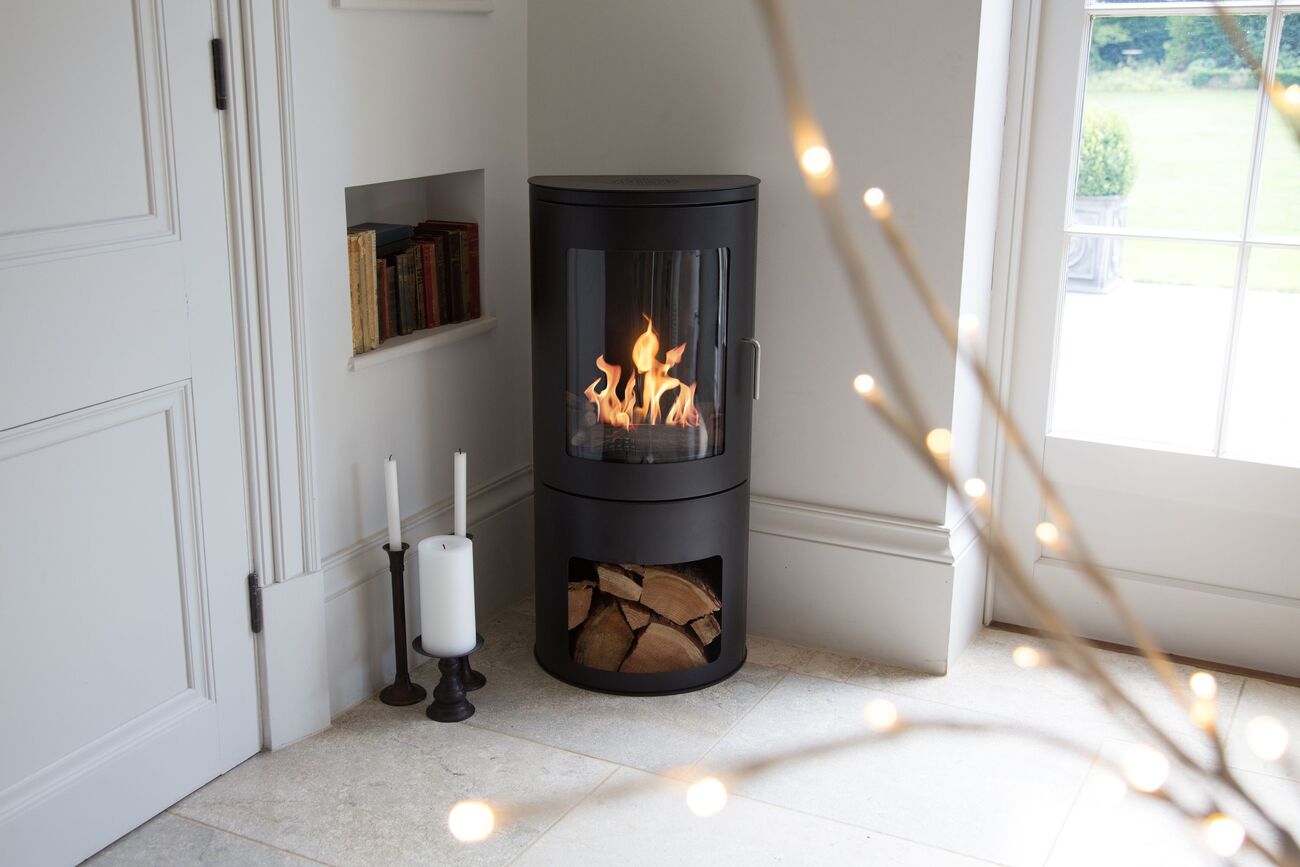

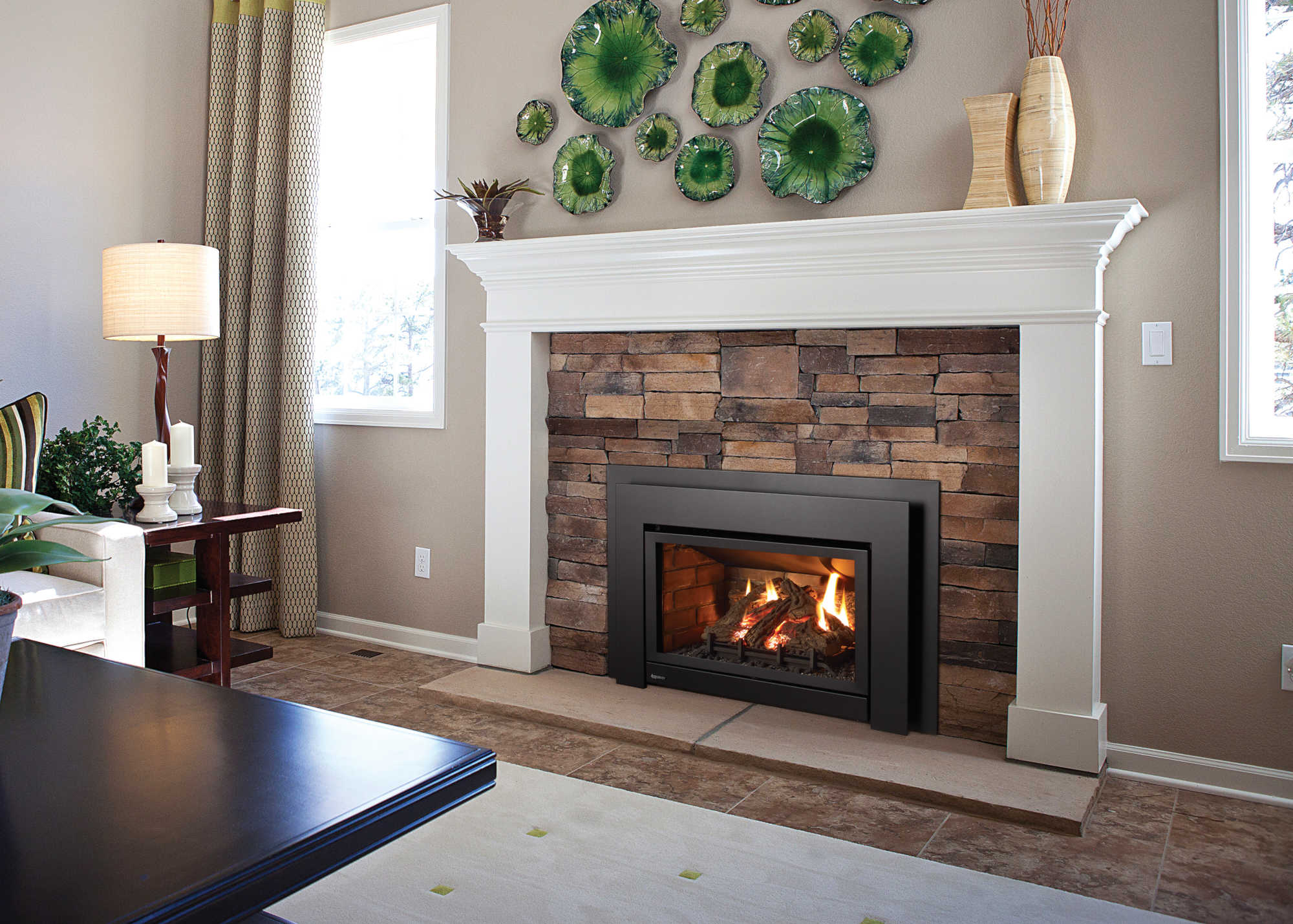
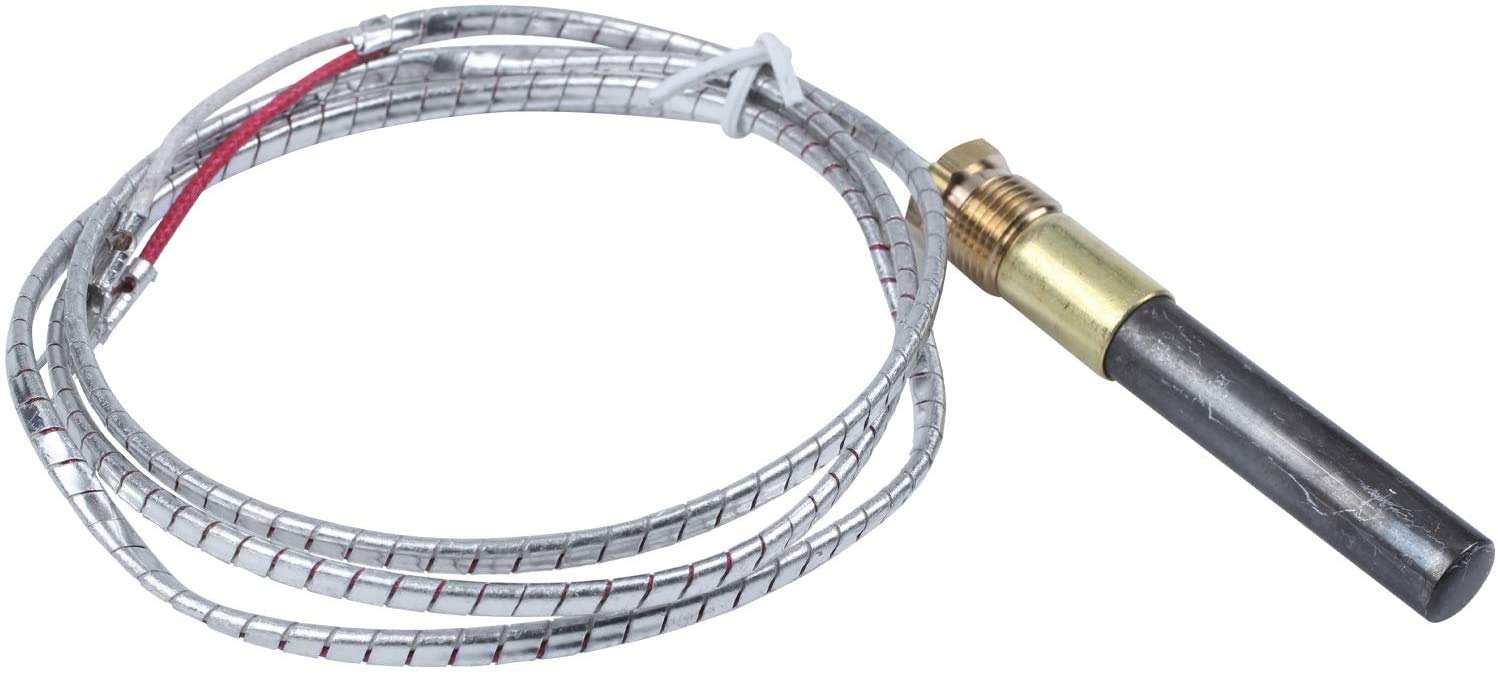

0 thoughts on “What Is A Heatilator Fireplace”